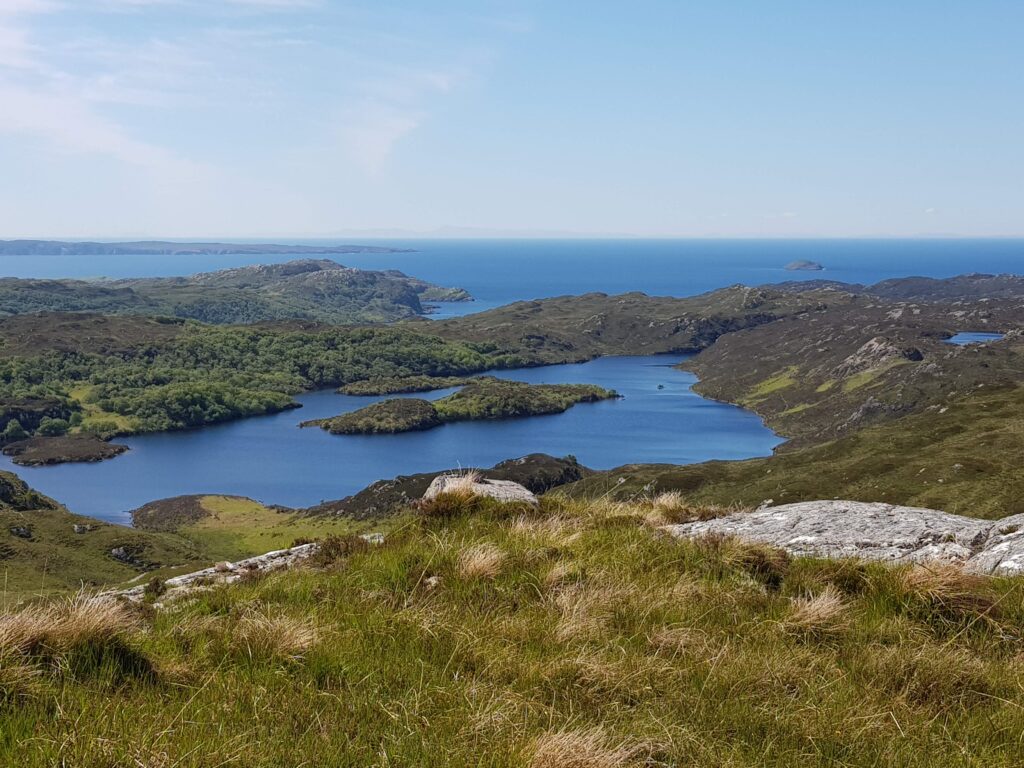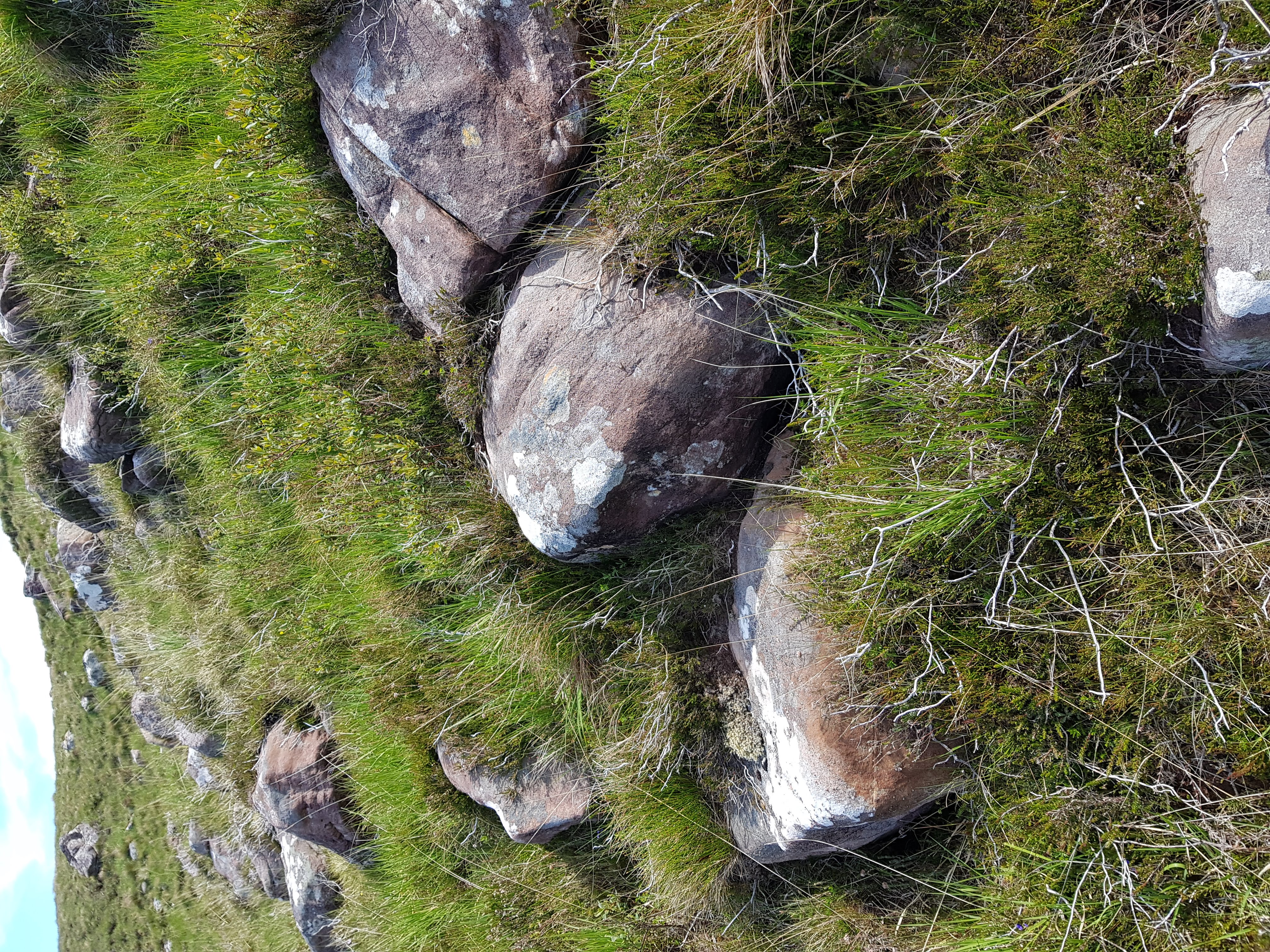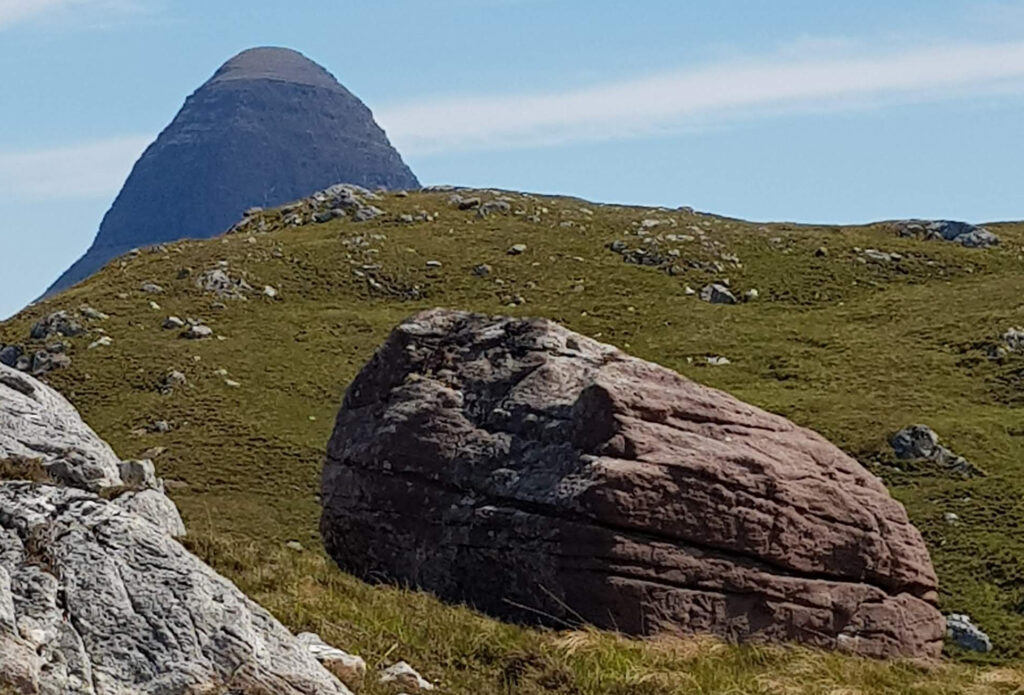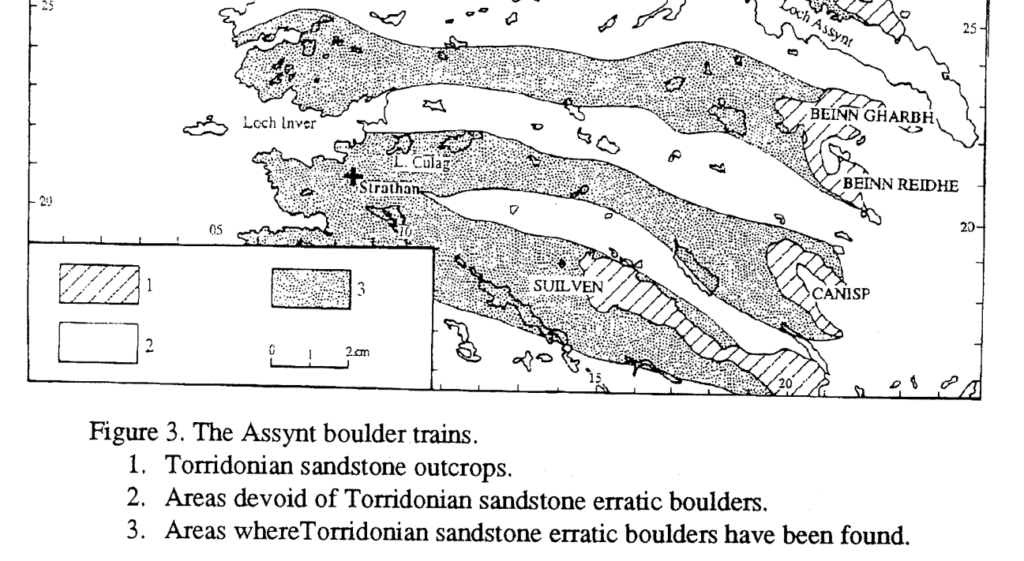Six thousand kilometres isn’t a long way. Along the surface of the earth it’s the distance from Beijing to the Middle East. That distance above your head is still well within earth’s orbit and many satellites are much further out. The Middle East and the earth’s orbit are places we understand reasonably well and that people have visited.
In 1863 Jules Verne, a French author wrote “Journey to the Centre of the Earth” a fictional story about a team of geologists and adventurers who climb down a hole in a volcano and reach a huge space within the earth full of prehistoric animals. Nothing he wrote was inconsistent with scientific knowledge at the time, because we knew virtually nothing about the deep earth.
But now we know that 6000 km down below your feet is a place that humans can never reach, that’s very different from the surface. The deep interior of the earth is a place of unimaginably high pressures and temperatures, where solid rocks flow and from which come diamonds, huge volcanic eruptions that poison the earth and also a magnetic field that protects all life from harmful radiation.
Think of a plum. There’s a very thin skin at the surface, then the sweet juicy flesh making up the biggest part of the volume and a very different part in the middle. The earth’s internal structure is like a plum. The thin skin is the crust, the next layer down the mantle and the portion in the centre is the core.
Temperature and Pressure
The very centre of the earth is 6378km deep and is hotter than the surface of the Sun (estimated 6000°C). The earth is still hot after 4.5 billion years as it contains radioactive elements such as Uranium and Thorium that slowly produce heat as they decay into other elements. They’ve been doing this for billions of years and without this heating the earth would by now be much cooler.
The temperature slowly increases down from the surface – this is known as the geothermal gradient. Miners have always known about this, rock temperatures in the world’s deepest mines (nearly 4km deep) reach 60°C and air conditioning is required to allow the miners to work safely. But this depth is a tiny way into the earth and temperatures keep going up right to the centre of the earth.
Pressure is caused by the weight of material pushing down on something. We live in air pressure every day (caused by the weight of air above us) and only notice it when it changes (like up a mountain or travelling by airplane). Air pressure is around 100,000 Pa (Pascal, the SI unit of Pressure). The most severe pressures humans have experienced are in the deepest parts of the ocean. To travel there we need specially made spheres of the strongest metals. This is needed to protect humans from the pressure of 10 kilometres of water (c. 110,000,000 Pa). Within the deep earth the pressure is from the weight of thousands of kilometres of rock, which is 2-3 times denser than water. Pressures in earth’s core are estimated to be 330,000,000,000 Pa. Under these conditions, no materials behave like they do at the surface. Atoms are squashed together so tightly they form structures that are very different to those under lower pressures.
The Core
The very centre of the earth is known as it’s core. The core is made of Iron, mixed in with minor amounts of Nickel and other elements that mix easily with iron. We don’t know for sure as we have no samples (and never will, to get sample you’d have to destroy the earth first). It’s likely though it is similar to iron meteorites as these are from the cores of other broken up planets that formed in the same way as the earth.
Seismology shows that the earth’s core is made of two parts, a liquid outer and a solid inner. Metals melt when they are hot, so the fact the outer is liquid is not a surprise. It flows and these movements cause the earth’s magnetic fields. Under intense pressure even materials that are very hot can form solids. High temperatures cause atoms to vibrate and move apart, but high pressures force the atoms back together where they form bonds and become a solid. In the inner core the effect of the incredible pressure forces the hot metal to become solid.
Patterns of seismic waves suggest there it’s not the same all the way through as they travel in different speeds along different directions. There’s no clear agreement though. Understanding the inner core is like trying to understand a room only by listening to sounds through a locked door: extremely difficult.
Rocks and minerals
The other layers of the earth, the mantle and crust, are made of rock and rock is made of minerals. Let’s talk about rocks and minerals before describing those layers in more detail.
The most common type of minerals on earth are called silicate minerals. These are formed from regular rows or grids of Silicon and Oxygen. A Silicon atom surrounded by four Oxygens is called a silica tetrahedron and it forms a strong stable pyramid structure. Quartz, which is common in the contintental crust and makes up sand, is made solely of silica tetrahedra. In other silicate minerals the silica tetrahedron are mixed with other metals, commonly Iron and Magnesium, Calcium and Aluminium. Also the tetrahedron can be joined together to form chains or sheets or many other structures. The variety of structures and number of other atomic elements that can be included together make an enormous range of minerals. Hundreds of minerals exist, with names from Amethyst to Zircon.
<diagram showing silicon tetrahedron https://en.wikipedia.org/wiki/Silicon%E2%80%93oxygen_tetrahedron>
All minerals are formed from regular structures which give them consistent properties.
By contrast rocks are just mixtures of minerals bound together in all sorts of different ways. The mineral grains can be small or large, varied or all the same, randomly mixed or shaped into patterns. Most rocks are made of silicate minerals and only a few common minerals are not silicates. Important ones include calcite that forms limestones at the surface and diamond that is formed in the earth’s mantle.
The mantle
The mantle is the layer of the earth from the top of the crust (2285km depth) nearly to the surface (on average 10-30km depth). Chemically it is doesn’t vary very much, always being made of silicate minerals rich in Iron and Magnesium with only minor amounts of other elements. This type of composition is known as ultramafic.
Slices of mantle sometimes make it to the surface, where it’s usually made of a rock type called peridotite including minerals called olivine and pyroxene. It’s heavy and dark, usually looking unusual compared to the more familiar rocks of the crust.
Mantle rock deeper in the earth is chemically the same, but made of different minerals. Like between the inner and outer core, the reason for this is an increase in pressure.
As pressures increase deeper in the mantle different types of mineral stop being stable but instead are replaced by more exotic ones with a similar chemistry but different more compact structures and names like perovskite and bridgmanite. Under these higher pressures, silica tetrahedra are no longer stable, instead atoms are packed together more tightly in different ways. The change from one mineral type to another occurs over a small range of pressures and is called a ‘phase transition’.
Seismic data shows faint changes in rock properties at depths of 410 km and 660km depths. These ‘discontinuities’ occur not because the mantle composition changes, but because it’s where these phase transitions occur. The upper mantle is defined as that above 410km discontinuity which is where the pressure is reached at which olivine is transformed. The transition zone continues down to 660km where another complicated phase transition marks the top of the lower mantle.
Studying high-pressure minerals
We’re stuck at the surface, but we can study these exotic high-pressure minerals in two different ways, both involving diamonds.
Diamonds are a high-pressure form of pure Carbon that grow within the earth’s mantle and are brought to the surface in odd volcanic structures called kimberlite pipes. Some diamonds contain inclusions of these deep mantle minerals, which make them useless for jewelers but great for scientists.
Scientists also reproduce conditions deep within the earth using diamonds in the laboratory. To create intense pressures they squash samples between two super-strong diamonds. Firing lasers through the diamonds increases the temperature of the sample also. These experiments allow us to reproduce the phase transitions and so link them to the discontinuities we see in the seismic data.
Mantle flow
One of the most remarkable things about rocks deep in the earth is that they flow, even while they remain solid. Only very small areas of the mantle are molten, but all of it flows. Hotter material at the base flows upwards, cool and sinks down. Remember that this happens very very slowly. Rocks move only a few centimetres a year so a journey from top of the mantle to the bottom takes 100s of millions of years. To understand how, we need to talk about minerals again.
Silicate minerals are made of regular rows and layers of atoms. Under pressure, at high temperatures, these rows or layers can move past each other, atom by atom slowly swapping around. This plastic deformation slowly changes the shape of the grains, turning spheres into pancake shapes, for example. Over millions of years, with small changes in countless numbers of mineral grains solid rocks can flow and move. Water ice is another type of mineral (just not one that forms rocks) and the flow of glaciers down hill is the same mechanism, only faster.
One consequence of the fact that rocks can flow is that the earth is not a perfect sphere. The rotation of the earth pushes material out around the equator and flattens the poles. This forms a shape called an oblate spheroid. The effect is small, but it means you could argue the world’s tallest mountain is Mt Chimborazo in Ecuador. It’s not the highest above sea-level (that’s Mt Everest) but since it is near the Equator the oblate spheroid shape means it is the furthest point from the centre of the earth.
Layers in the upper mantle
Towards the top of the upper mantle is the asthenosphere. This is a particularly soft layer that contains pockets of molten rock. Above this is the lithospheric mantle. This is material attached the base of crust and together they make up the lithosphere, rigid plates that drift slowly over the surface of the earth. The boundary between mantle and crust is known as the Mohorovičić discontinuity or “Moho”, named after the Croatian seismologist who first identified it over a hundred years ago. There are many places on earth where slices of deep rocks are found at the surface and you can stand on the Moho.
The Earth’s Crust
The top layer of the earth, the one we know best, is the crust. This comes in two types, oceanic and continental. Oceanic crust forms where plates move apart and mantle peridotite moves up towards the surface. This stays hot and as the pressure reduces it starts to melt. Melting peridotite produces magma with a different composition, more rich in Silica called mafic (meaning rich in Mg and Fe). This magma rises and cools forming the oceanic crust above. The cooling magma forms new crystals making a coarse rock called gabbro deep down and finer-grained dolerite and basalt above. Oceanic crust is only around 7-10 km thick. It’s a very thin skin indeed.
If basalt or gabbro melt, it in turn produces rocks even richer in silica called felsic (meaning rich in feldspar). Common felsic rocks are andesite and granite. Continental crust is on average of andesitic composition and much less dense and thicker than oceanic crust, on average 35 km thick. This is where all of the earth’s really old rocks are found.
The crust is where the most variety of rocks is seen as sedimentary rocks form only at the surface. Oxygen in the atmosphere and interactions with life have created many new minerals not found in the mantle.
The Deep Earth may be somewhere that humans can never visit, but it’s different layers do interact together and sometimes affect what happens up here on the surface. We’ll discuss this more in the sections on plate tectonics.
First publication by Xiaoduo Media in Front Vision. Front Vision is a Chinese online science magazine for children. My original English text produced with permission.





